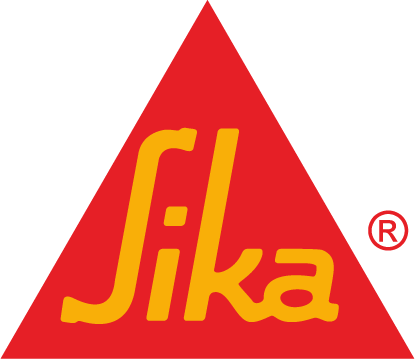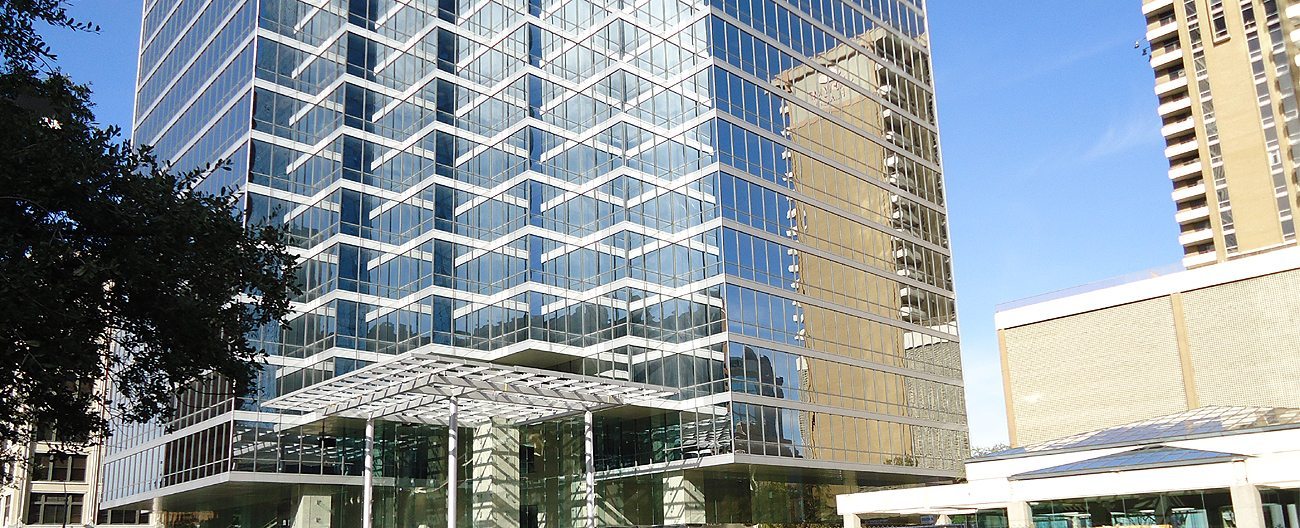What is an Expansion Joint?
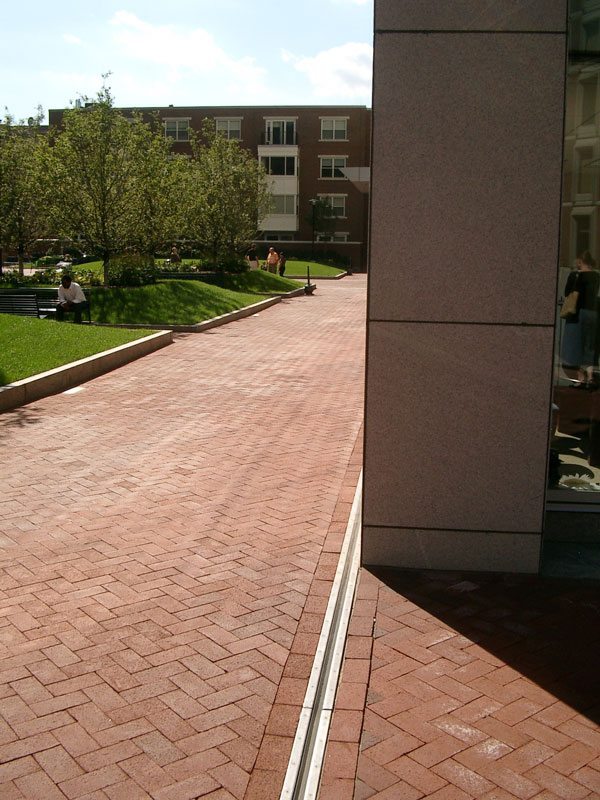
This building expansion joint runs through the brick pavers as well as through the structural slab beneath that supports the plaza. Waterproofing is handled on the structural slab by a buried waterproofing membrane. The expansion joint bisects all of the building elements including the structural slab, waterproofing membrane, and wear course (bricks in this case). Sealing this type of expansion joint requires a specialized system. The FP-series of plaza deck expansion joints from Sika Emseal ensure that the joint is properly integrated with the waterproofing membrane while accommodating structural expansion and contraction movement of the split-slab plaza deck assembly.
In building construction, an expansion joint is a mid-structure separation designed to relieve stress on building materials caused by building movement. Building movement at expansion joints is primarily induced by:
- thermal expansion and contraction caused by temperature changes
- sway caused by wind
- seismic events
- static load deflection
- live load deflection
Because the joint bisects the entire structure, it marks a gap through all building assemblies–walls; decks; plazas or split-slab concourses; foundation floors and walls; roofs, planters, and green roofs; fire-rated demising walls and floors; interior floors; etc. This gap must be filled to restore the waterproofing, fire proofing, sound proofing, air barrier, roof membrane, trafficable surface and other functions of the building elements it bisects.
Expansion joint systems are used to bridge the gap and restore building assembly functions while accommodating expected movements.
The term “movement joint” has been widely adopted in preference as it more appropriately encompasses the fact that building movement results in both compression and expansion of the material installed. For example, when a structure heats up, the building materials from which it is built expand. This causes the “expansion joint” to close down, thereby compressing the joint system installed in the gap.
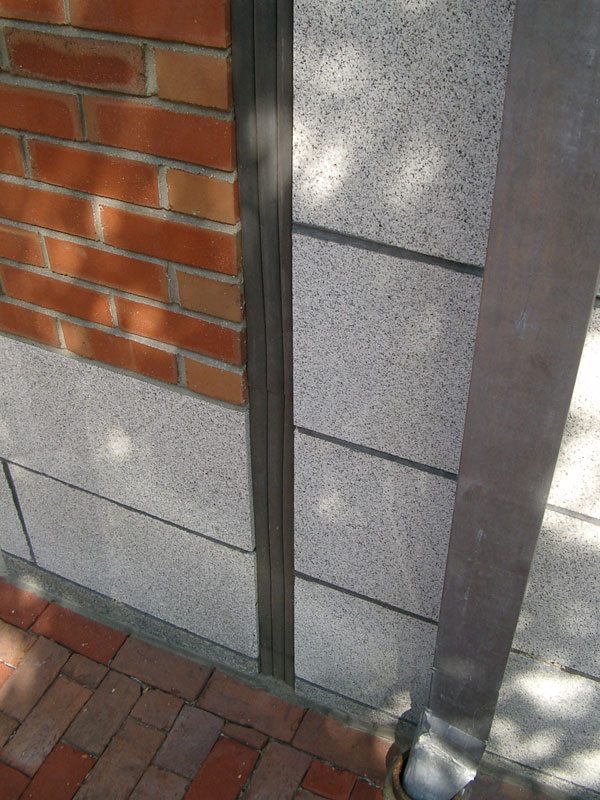
This is a wall expansion joint. This structural opening bisects not only the façade but the structural building elements as well. While accommodating movement, joint materials used to fill wall expansion joints must restore the intended functions of the façade and structural building elements. These functions include: waterproofing, resisting hurricane-force wind and water, air-barrier sealing, sound proofing, and in many cases fire proofing. Additionally, because wall expansion joint materials interface with façade materials that should not be penetrated with fasteners, non-invasive anchoring is a desirable feature as is the ability to conform to rough substrates.
Conversely, when the temperature drops, the materials cool causing the joint gap to open. This requires the joint system to expand to follow the joint movement.
Expansion Joint Transitions
Expansion joint transitions are essential for ensuring a sealed, safe, and energy efficient building envelope.
Continuity of seal at changes in plane and direction, and between expansion joint systems, is achieved when factory-fabricated transition assemblies are specified and installed.
Whenever possible, transitions should be factory-welded to the ends of longest possible lengths of straight-run material. This minimizes the number of field-welded connections – saving time and reducing risk.
Expansion joint CAD details, 3-D inventor files, isometric, axonometric, and BIM files can assist in designing for continuity of seal.
Collaborative 3-D expansion joint design methodology ensures that all parties involved in delivering trouble-free expansion joints works together for that shared goal.
Today it is possible for designers to wrap the entire building envelope, as well as ensure that life-safety is addressed by specifying expansion joint systems that tie into one another and are warranted for continuity of seal between like or dissimilar technologies.
Passive Fire Protection at Building Expansion Joints
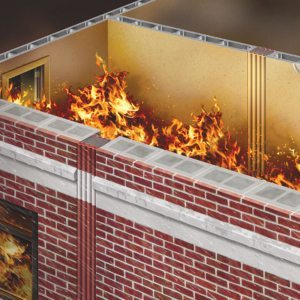
Fire rated wall expansion joints provide passive fire protection by creating compartmentation throughout the building to reduce or slow the spread of heat, smoke, and fire.
Because expansion joints bisect the building, they are a literal gap in the floors, wall and ceilings of the building. A fire in one room could rapidly spread through the expansion joint openings if not properly sealed with fire-resistive expansion joint systems. Historically, these large structural openings required a fire barrier in the form of the fire blanket be looped into the joint opening to block the passage of heat, flame and smoke. The invention of all-in-one water and fire resistant expansion joints has simplified the treatment of expansion joints. Instead of multiple systems to fire-rate, bridge, and seal joints, single systems can do all three tasks. The US test standard for fire-resistive expansion joints is UL 2079 which encompasses the burn requirements of ASTM E119 and the joint cycling requirements of ASTM E1399 in the same way that ASTM E1966 does. The UL tests for applications in decks and walls differ in the requirement of a hose-stream test for wall applications to prove the structural integrity of the expansion joint seal during a fire.
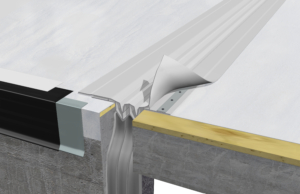
Roof-to-wall expansion joint interface addressed using RoofJoint and RoofJoint Closure to transition to Seismic Colorseal in the wall. This assembly ensures a watertight expansion joint transition key to a high performance building envelope. Redundant sealing across the joint opening, at roof-to-membrane integration, and redundancy of attachment method (welded + mechanically fastened) uniquely ensures proper and positive integration with the roof membrane. When specified in conjunction with Sika Sarnafil, the joint to roof membrane is available with a single-source warranty ensuring property owner/operator peace of mind.
An often overlooked detail in building enclosure design, is the interface between the roof and wall at the expansion joint opening. This condition should be specifically detailed in bid documents using 3-D expansion joint details to illustrate the interface between the roof expansion joint and wall expansion joint. Uniquely addressed using Sika Emseal’s RoofJoint and RoofJoint Closure, this expansion joint transition is essential to ensuring a high-performance building envelope and will significantly contribute to build quality, energy efficiency, and watertightness.

